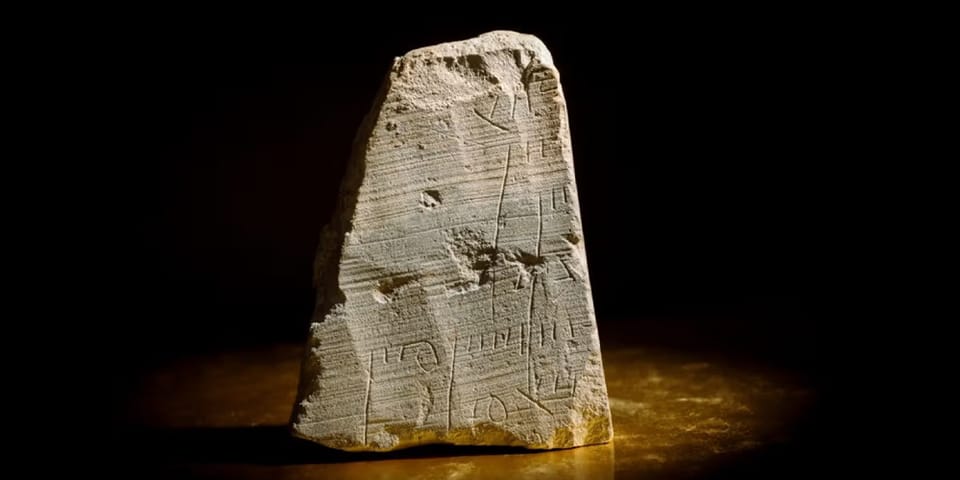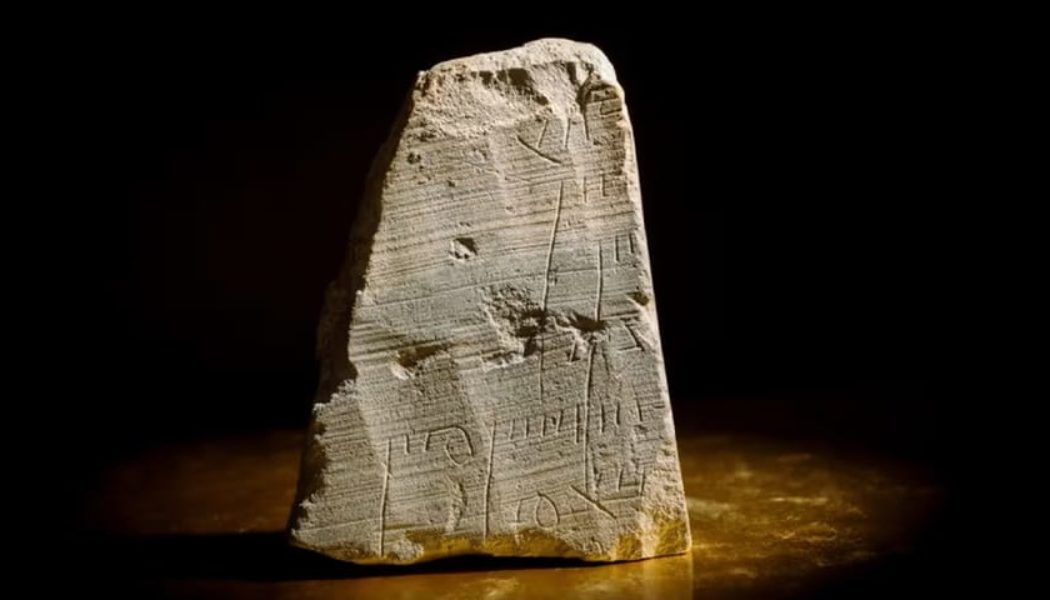
In a historic breakthrough, archaeologists working on behalf of the Israel Antiquities Authority (IAA) have made a remarkable discovery—a 2,000-year-old receipt carved into stone—within the sacred confines of Jerusalem. The find was recently detailed in the IAA’s archaeological journal Atiqot, as conveyed in a statement shared on Facebook as per Artnet.
Describing the significance of the discovery, researchers Nahshon Szanton and Esther Eshel expressed that this simple object holds profound meaning, offering a glimpse into the everyday lives of Jerusalem’s inhabitants from two millennia ago.
The receipt, etched with a sharp tool, appears on a chalkstone slab that was originally repurposed as an ossuary—a burial chest commonly found in the region during the early days of the Roman Empire. The stone bears seven partially preserved lines of text, believed to list customers’ names, including the mention of a certain “Shimon,” alongside numerical indications of payments made or owed.
However, the researchers noted that the inscription’s beginning, end, and left margin are missing, and it remains uncertain whether the text is in Aramaic or Hebrew. They did identify the handwriting as a non-professional, handwritten Jewish cursive script.
While the list of names and numbers may initially seem unremarkable, the researchers underscored the significance of this finding. The fact that receipts were used for commercial purposes in the past, much like today, makes this discovery a rare and rewarding window into everyday life in the holy city of Jerusalem.
The stone slab with the inscription was found within a tunnel connected to a previously excavated site from the 1800s, an area believed to be Jerusalem’s “square” or “lower market,” where various commercial activities likely took place. The researchers propose that the inscription may have been created by an ossuary craftsman who meticulously recorded sales and documented financial transactions with clients.
This extraordinary find not only offers insights into the daily life of ancient Jerusalem but also highlights the intriguing parallels between commerce then and now. The preservation of this ancient receipt through the ages provides a remarkable glimpse into the cultural and historical tapestry of Jerusalem, an invaluable link to its past.
If you’re into this, you’ve never seen marble sculptures like this before.









